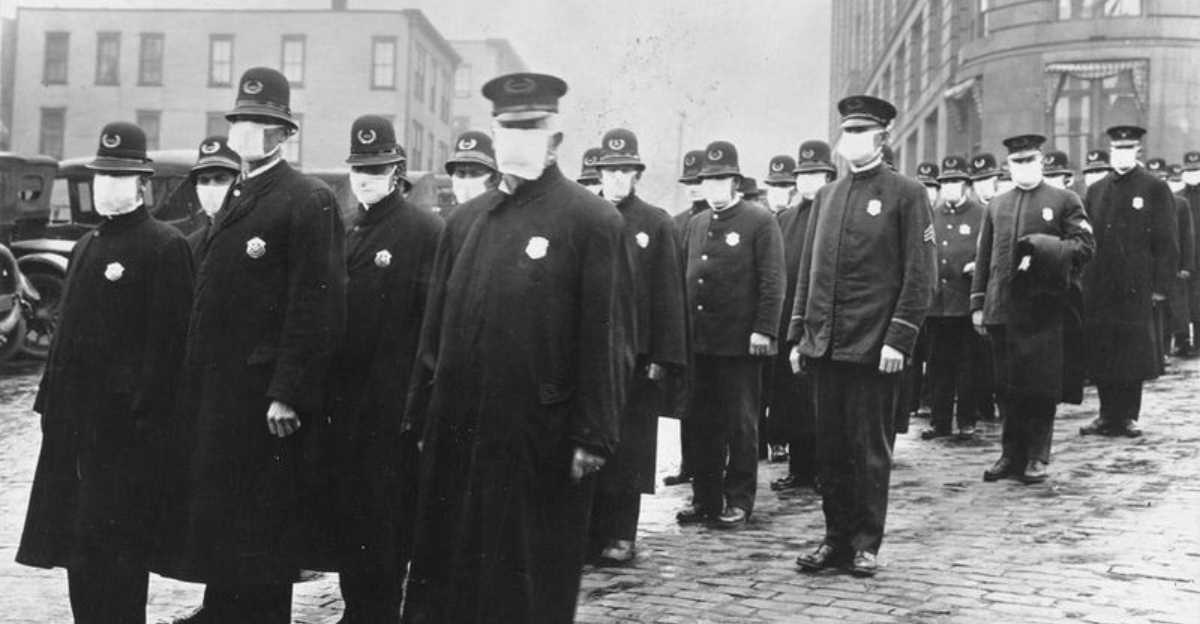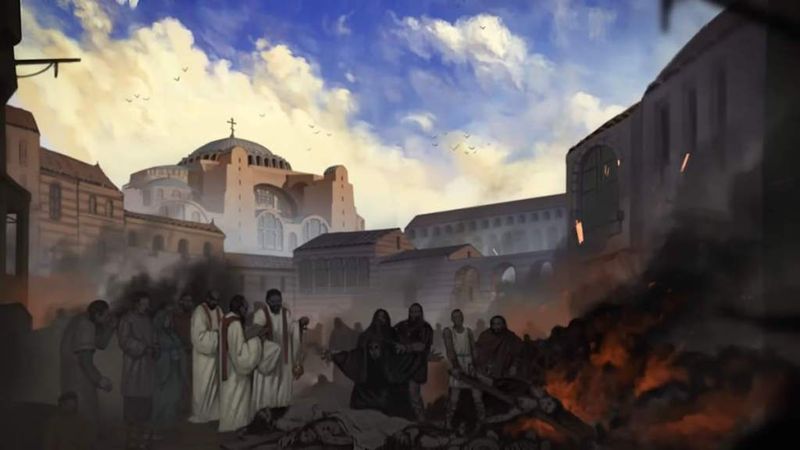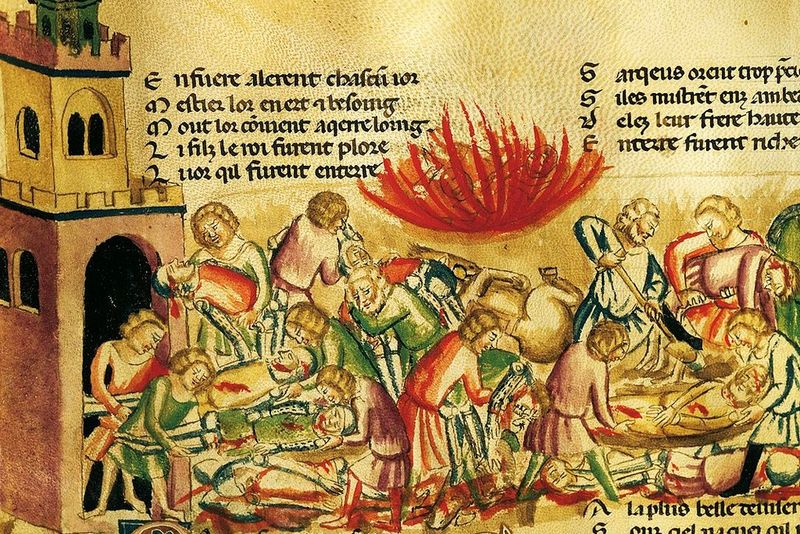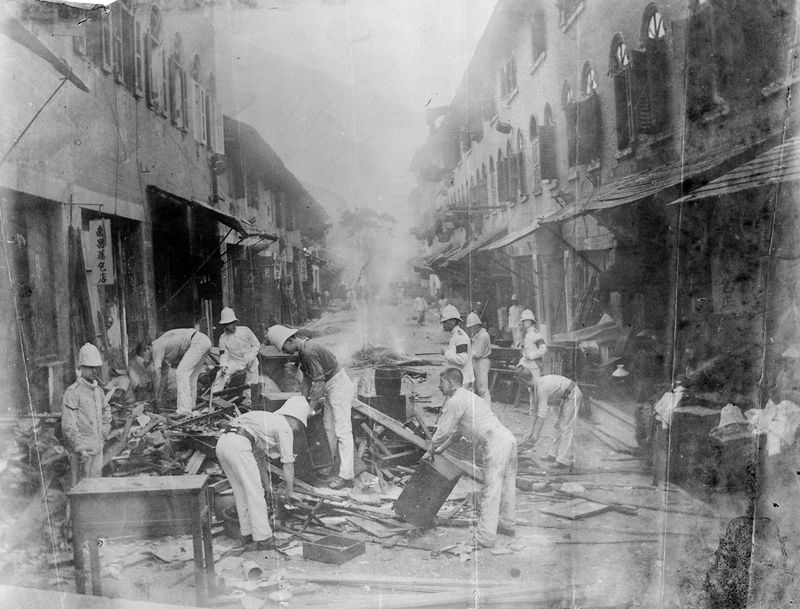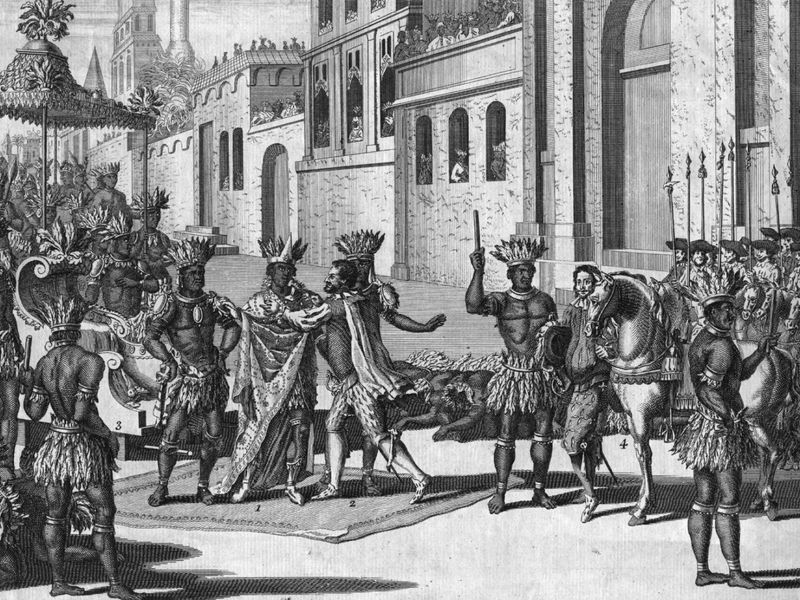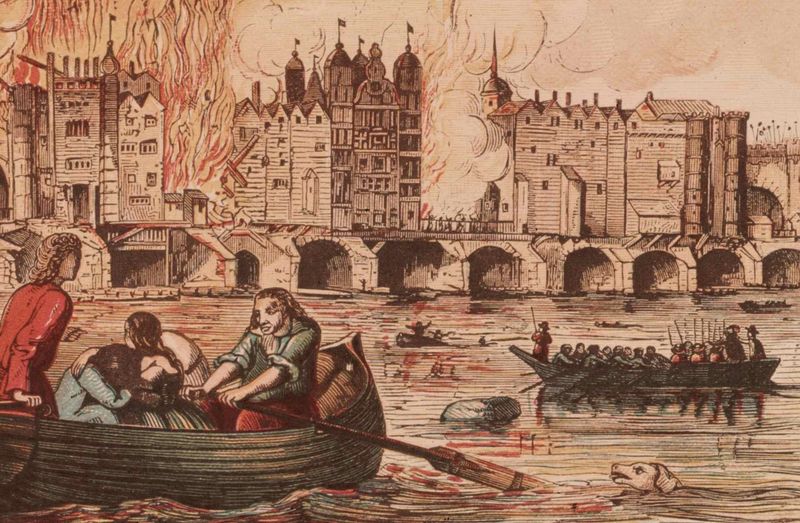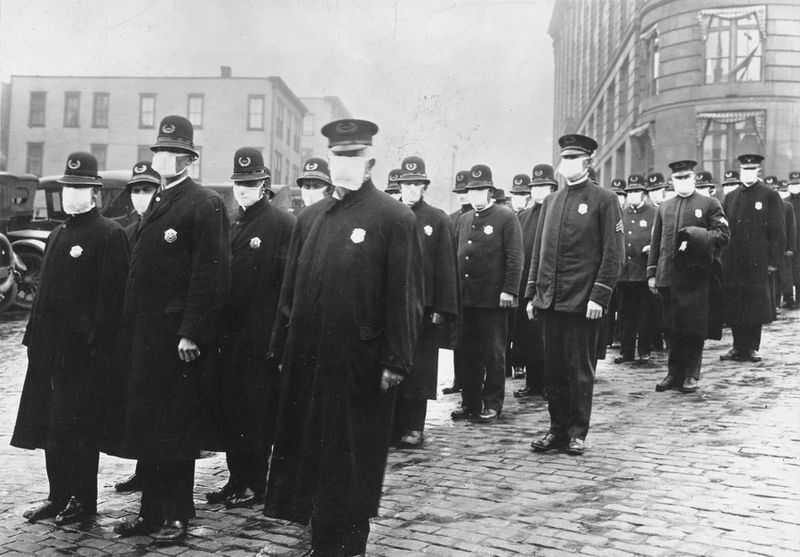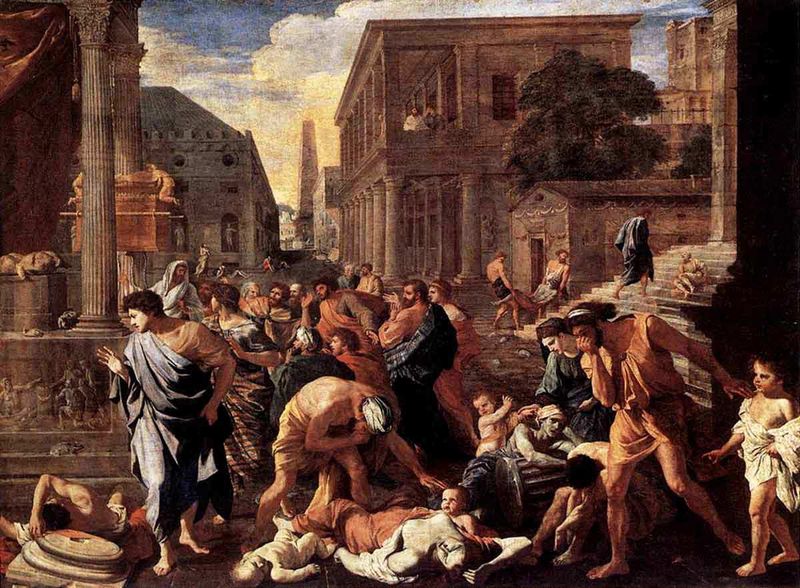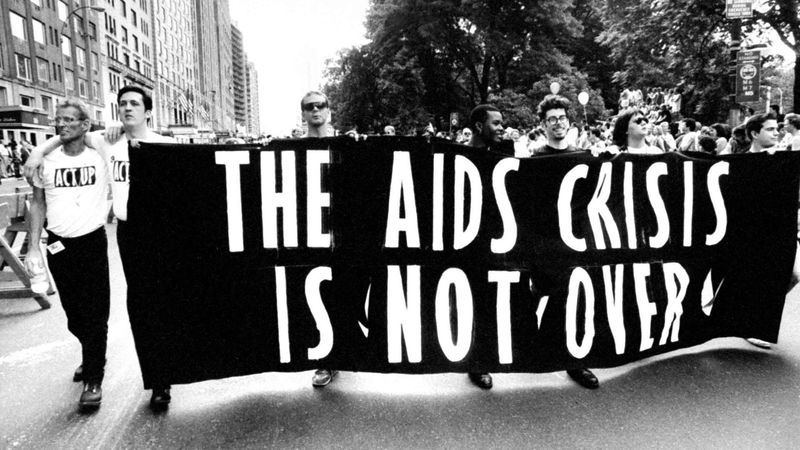Throughout history, numerous plagues have ravaged human populations, leaving indelible marks on society. These pandemics not only decimated populations but also reshaped societies, economies, and medical knowledge. This blog post explores ten of the most devastating plagues, detailing their causes, impacts, and eventual resolutions.
1. The Plague of Justinian (541–549 AD)
In the heart of Constantinople, the air was thick with despair as the Plague of Justinian took hold. This deadly outbreak, caused by the Yersinia pestis bacterium, spread rapidly through fleas on rats, decimating up to half of Europe’s population.
People lived in fear, watching loved ones fall ill, powerless to stop the spread. Despite its ferocity, the plague eventually burned itself out after recurring in waves for over two centuries. The legacy of this pandemic lives on, reminding us of the fragility of life and the resilience of those who survived.
2. The Black Death (1347–1351)
The Black Death swept across Europe, carried by Mongol traders and facilitated by the Yersinia pestis bacterium.
Venice implemented quarantines, keeping ships isolated for 40 days, while elsewhere, the plague simply ran out of hosts. As a result, society was transformed; labor shortages gave rise to new socio-economic structures. The Black Death’s impact was profound, altering the course of European history.
3. The Third Plague Pandemic (1855–1960)
The Third Plague Pandemic, sweeping from China to India and beyond, was an era of fear and global movement. On steamships, the bubonic plague spread rapidly, facilitated by bustling trade routes.
San Francisco and other cities resorted to drastic rat extermination campaigns, while Waldemar Haffkine’s vaccine offered hope. Though antibiotics would later overshadow his vaccine, these efforts marked significant steps in controlling the plague. The pandemic’s end was gradual, leaving behind lessons in public health and disease management.
4. The Cocoliztli Epidemic (1545–1548, Mexico)
In the heart of Aztec civilization, a mysterious illness known as the Cocoliztli Epidemic swept through, obliterating 80% of the population. Likely a viral hemorrhagic fever, its exact cause remains debated, possibly linked to Salmonella enterica.
As the indigenous population dwindled, the disease ran out of hosts. This epidemic dramatically reshaped the demographic and cultural landscape of Mexico, with far-reaching consequences. The tragedy of the Cocoliztli Epidemic serves as a stark reminder of the vulnerability of populations to new pathogens brought by colonizers.
5. The Great Plague of London (1665–1666)
The Great Plague of London painted a grim picture of a city under siege by disease. Bubonic plague thrived in the filthy, overcrowded conditions of the time, claiming over 100,000 lives.
Strict lockdowns were enforced, with families of victims boarded inside their homes. Ironically, it was the Great Fire of London in 1666 that helped end the plague, as it burned down many of the rat-infested areas. This devastating event highlighted the importance of urban sanitation and city planning.
6. The 1918 Spanish Flu (H1N1)
As World War I raged, another silent killer, the 1918 Spanish Flu, claimed millions of lives worldwide. This H1N1 influenza strain spread rapidly, exacerbated by troop movements across continents.
Public health measures, including mask mandates and bans on gatherings, were implemented to control the spread. Over time, herd immunity developed as the virus mutated into a milder form. The pandemic left an indelible mark on public health policy and pandemic preparedness globally.
7. The Antonine Plague (165–180 AD, Rome)
The Antonine Plague, possibly smallpox or measles, ravaged the Roman Empire, weakening its legendary army. Soldiers returning from Mesopotamia brought the disease, which swiftly spread through military camps and cities.
For 15 years, the empire was gripped by fear and death, with millions succumbing to the illness. The plague’s toll on Rome’s military and economy was profound, altering its historical trajectory. This ancient pandemic underscores the vulnerability of even the mightiest empires to infectious disease.
8. The Sweating Sickness (1485–1551, England)
In Tudor England, a mysterious ailment known as the Sweating Sickness struck fear into hearts, killing victims within hours. The cause remains unknown, sparking intrigue and fear across classes.
It appeared sporadically, vanishing as suddenly as it arrived, leaving a legacy of fear and mystery. This ailment baffled contemporary physicians and remains an enigma in medical history. Its rapid onset and lethal nature made it one of the most feared illnesses of its time.
9. The Cholera Pandemics (19th Century)
The Cholera Pandemics of the 19th century swept across continents, fueled by contaminated water sources. This disease left a trail of despair from Europe to Asia and the Americas.
John Snow’s pioneering work in mapping outbreaks to infected wells revolutionized epidemiology, while modern sanitation practices eventually curbed its spread. The struggle against cholera spurred advancements in public health, emphasizing the critical importance of clean water and sanitation systems.
10. The AIDS Crisis (1981–Present)
The AIDS Crisis, beginning in the early ’80s, has profoundly impacted global society. It emerged when HIV crossed from chimpanzees to humans, leading to millions of deaths.
Antiretroviral treatments introduced in 1996 transformed HIV from a death sentence into a manageable condition, yet the fight continues. Prevention strategies, including condom use and needle exchanges, play crucial roles in controlling the virus. The AIDS Crisis brought attention to healthcare inequalities and the need for global cooperation in fighting pandemics.
